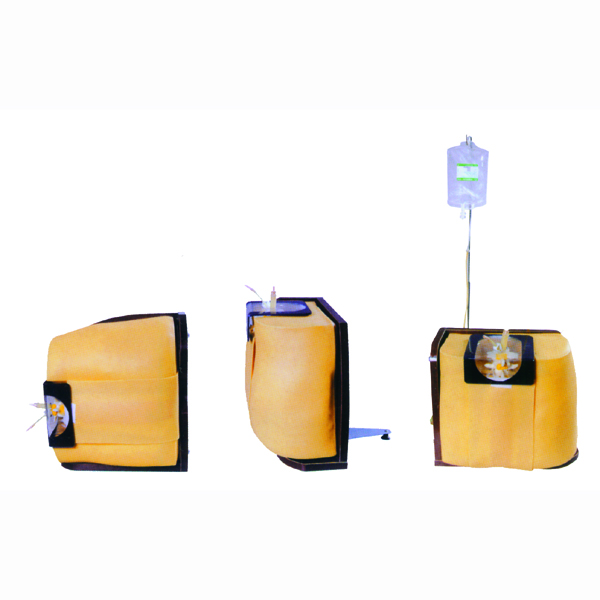Homepageпјҡ NEWS >> Can spinal tap models meet the development needs of future medical education?
As an important tool of medical education, whether spinal tap model can meet the development needs of future medical education is a question worthy of further discussion.

First of all, we need to identify the future trend of medical education. With the continuous progress of medical technology and the continuous renewal of medical knowledge, medical education will pay more attention to the cultivation of students' practical ability and comprehensive quality in the future. This means that medical education will be more practical and interdisciplinary in order to meet the demand for diverse talents in the medical field.
As a highly simulated medical teaching tool, spinal tap model has many advantages and can well meet the development needs of future medical education. First, it can provide a highly realistic spinal tap simulation experience to help students become familiar with and master the operating process, techniques and precautions of spinal tap, thereby improving their practical ability. Secondly, the spinal tap model is reusable and easy to maintain, which can greatly reduce the teaching cost and improve the teaching efficiency. In addition, it can be personalized according to the teaching needs to meet the learning needs of different students.
In the future medical education, spinal tap model will play a more important role. With the continuous development of virtual reality, augmented reality and other technologies, the future medical teaching will pay more attention to digital, intelligent and personalized. Spinal tap models can be combined with these advanced technologies to provide students with a more realistic and vivid simulation experience to help them better understand and master medical knowledge. At the same time, it can also be combined with other medical teaching tools to form a complete medical teaching system to provide students with a more comprehensive and systematic medical education.
However, we also need to note some limitations of the spinal tap model. For example, it cannot fully simulate the physiological responses and condition changes of real patients, nor can it provide a real clinical atmosphere. Therefore, when using the spinal tap model for teaching, we need to combine other teaching methods and tools, such as clinical practice, case discussion, etc., to improve students' comprehensive quality and practical ability.
In summary, as a highly simulated medical teaching tool, spinal tap model has many advantages and can well meet the development needs of future medical education. However, when using it for teaching, we need to pay attention to its limitations and combine it with other teaching methods and tools to improve students' comprehensive quality and practical ability.